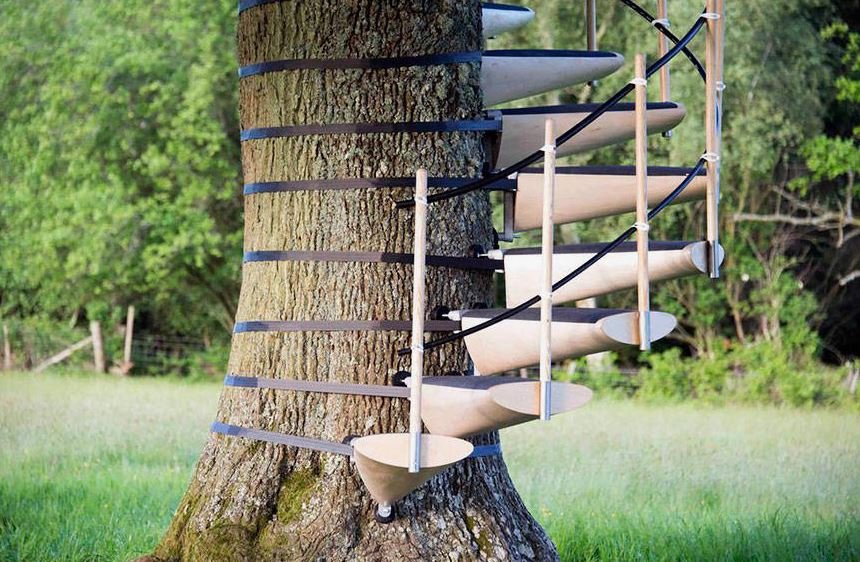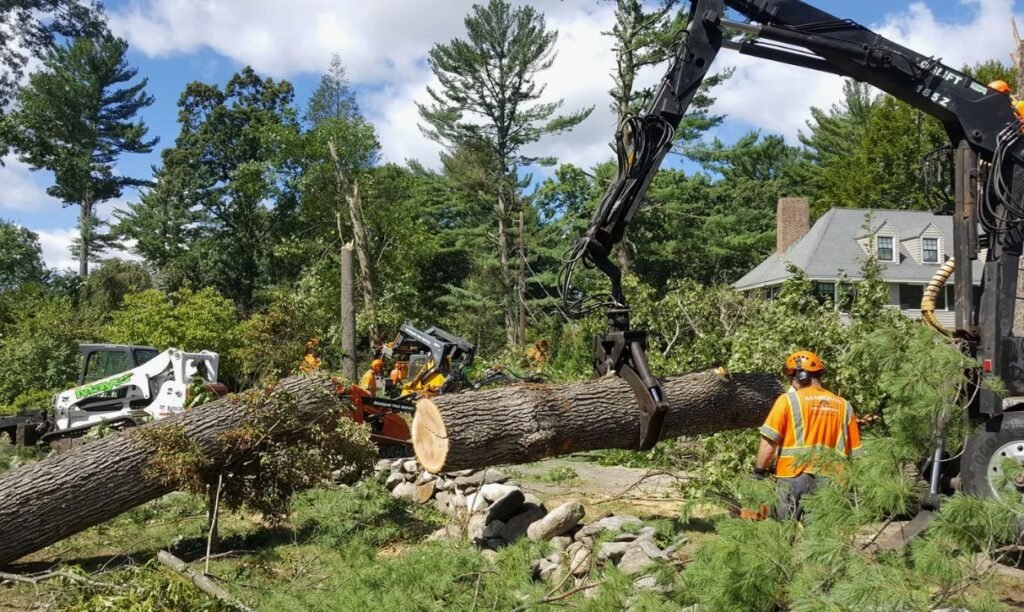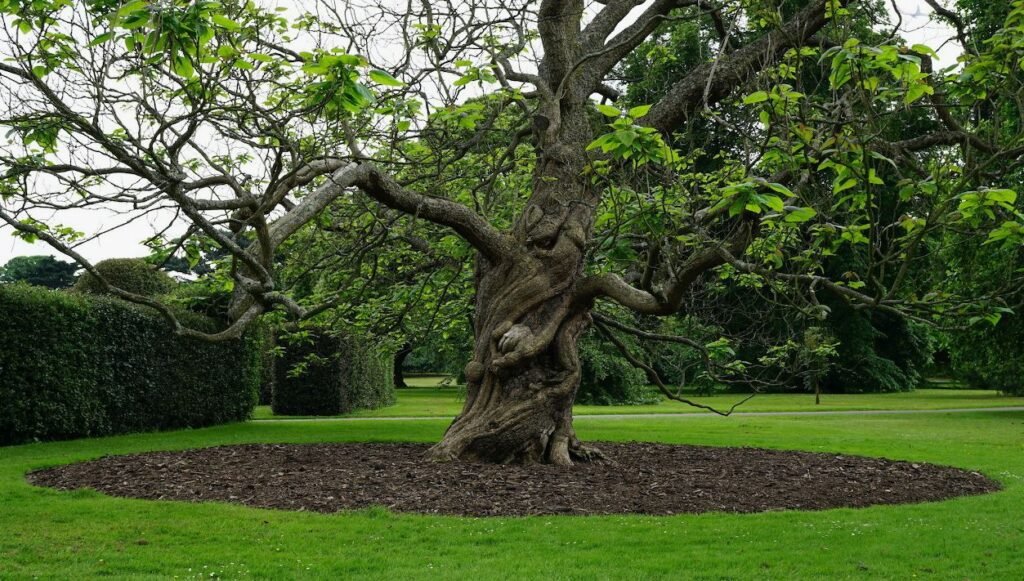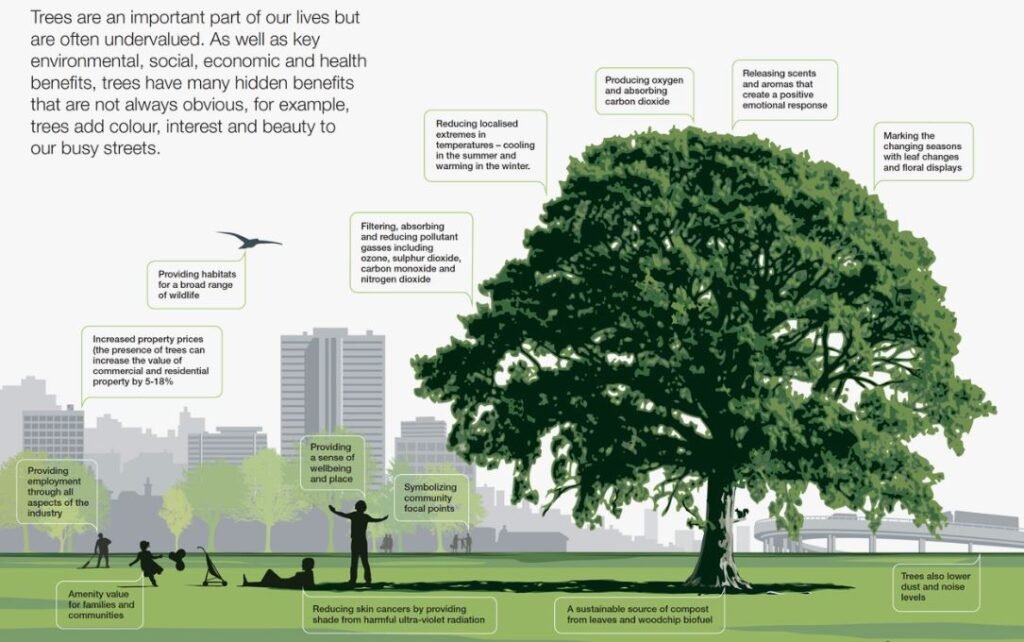Lichens are fascinating organisms found in diverse environments around the world, from dense forests to arid deserts. Though they are often mistaken for moss or fungi, lichens are actually a unique symbiotic relationship between algae or cyanobacteria and fungi. Their ability to survive in extreme conditions and their important role in ecosystems make them an intriguing subject for both nature enthusiasts and scientists.
In this blog, we’ll explore what lichens are, how they form, and the critical roles they play in the environment. We’ll also look at when to call a professional if lichens appear on structures or trees, and how to manage their growth in specific cases.

Lichens: An Overview
These organisms are a composite organism made up of a fungus and a photosynthetic partner, usually algae or cyanobacteria. The fungus provides structure and protection, while the algae or cyanobacteria produce food through photosynthesis. This unique partnership allows lichens to thrive in a variety of habitats, including places where other plants or organisms struggle to survive.
1. The Symbiotic Relationship
The symbiotic relationship between fungi and algae is what makes these organisms unique. Unlike parasitic relationships where one organism benefits at the expense of the other, both partners in a lichen benefit from the association.
The Role of Fungi in Lichens
The fungus in these organisms provides structure and absorbs water and nutrients from the environment. It protects the algae or cyanobacteria from harsh conditions, such as drought or intense sunlight, allowing the photosynthetic partner to thrive in environments that would otherwise be inhospitable.
The Role of Algae or Cyanobacteria
The algae or cyanobacteria perform photosynthesis, converting sunlight into energy that both organisms can use. This food production is vital for the survival of the these organisms, particularly in nutrient-poor environments where other organisms may struggle to obtain resources.
2. Where Can These Unique Organisms Be Found
Lichens are incredibly adaptable and can be found in almost every environment on Earth. They grow on rocks, trees, soil, and even man-made structures like buildings and roofs. While they are most commonly associated with forests and mountains, these organisms can also thrive in deserts, the Arctic tundra, and urban environments.

Lichens in Harsh Environments
One of the most remarkable features of lichens is their ability to survive in extreme conditions. In deserts, they grow on rocks where few other organisms can survive, and in polar regions, they can endure freezing temperatures and long periods of darkness. These organisms are even found in areas exposed to high levels of pollution, though their growth may be affected by air quality.
Lichens in Forests and Urban Areas
In forests, this symbiotic relationship can often be seen growing on tree bark, rocks, and fallen logs. They are also commonly found in urban environments, where they grow on walls, sidewalks, and rooftops. Lichens are often indicators of environmental health, with certain species thriving in areas with clean air, while others can tolerate more polluted conditions.
When to Call a Professional: If you notice these organisms growing on the roof or walls of your home, it’s a good idea to consult with a professional. While lichens themselves don’t typically cause damage, their presence can trap moisture and lead to issues such as mold or weakened materials over time. A professional can assess the situation and recommend appropriate removal techniques.
3. The Ecological Importance of Lichens
Lichens play a critical role in the ecosystems they inhabit. Their presence supports biodiversity, aids in nutrient cycling, and even contributes to soil formation.
Biodiversity and Lichens
Lichens provide habitats and food for various organisms, including insects, birds, and small mammals. In some ecosystems, these organisms are a primary food source for animals like reindeer and caribou, particularly during harsh winters when other vegetation is scarce.
Lichens and Soil Formation
Lichens contribute to soil formation by breaking down rocks through a process known as biological weathering. As they grow on the surface of rocks, these organisms release acids that slowly break down the mineral structure of the rock, helping to create soil over time.
Nitrogen Fixation in Lichens
Some organisms, particularly those that contain cyanobacteria, can fix nitrogen from the atmosphere, making it available to plants and other organisms in the ecosystem. This process is crucial for maintaining healthy soil and supporting plant growth in nutrient-poor environments.
4. Different Types of Lichens
Lichens come in a variety of forms, which can be classified into several main types based on their growth habits and appearance. The three most common types are foliose, fruticose, and crustose lichens.

Foliose Lichens
Foliose have a leaf-like structure and can often be found attached to tree bark or rocks. They are relatively easy to recognize due to their flat, leafy appearance and are one of the most commonly observed types of lichens.
Fruticose Lichens
Fruticose organisms have a more three-dimensional, branched structure that can resemble small shrubs or tufts of hair. These symbiotic relationship often grow on trees and are known for their intricate shapes and delicate appearance.
Crustose Lichens
Crustose form a thin, crust-like layer that adheres tightly to the surface they grow on, whether it be rock, soil, or tree bark. They are typically more difficult to remove due to their close attachment and are less conspicuous than foliose or fruticose.
5. Indicators of Air Quality
Lichens are often used as bioindicators to assess air quality, as they are highly sensitive to atmospheric pollutants, particularly sulfur dioxide. In areas with high levels of air pollution, these organisms may decline or disappear altogether, while in clean air environments, they thrive and grow abundantly.
Lichens and Pollution Sensitivity
Some species of these organisms are particularly sensitive to air pollution and can serve as an early warning system for environmental degradation. Monitoring lichen populations can provide valuable insights into the air quality of a region and help identify areas where pollution control measures may be necessary.
Lichens in Conservation Efforts
Due to their sensitivity to pollution, this symbiotic relationship are often used in environmental conservation and monitoring programs. By studying lichen populations, scientists can better understand the impact of human activities on ecosystems and make informed decisions about conservation efforts.
When to Call a Professional: If you are interested in monitoring the health of your local environment or have concerns about air quality, consult an environmental specialist or biologist who can analyze this symbiotic relationship populations as bioindicators.

Understanding the Symbiotic Relationship in Lichens
Lichens are remarkable organisms that play vital roles in ecosystems around the world. Their ability to survive in extreme conditions, contribute to biodiversity, and serve as indicators of air quality makes them an important part of the natural world. Whether you spot them on trees, rocks, or buildings, understanding their ecological significance can help us appreciate their contribution to the environment.
If this symbiotic relationship are affecting the appearance or condition of structures around your home, or if you’re concerned about their presence on trees, consulting a professional can help you manage their growth without harming the environment. With the right care, this symbiotic relationship can continue to thrive, benefiting both natural ecosystems and the health of our planet.




